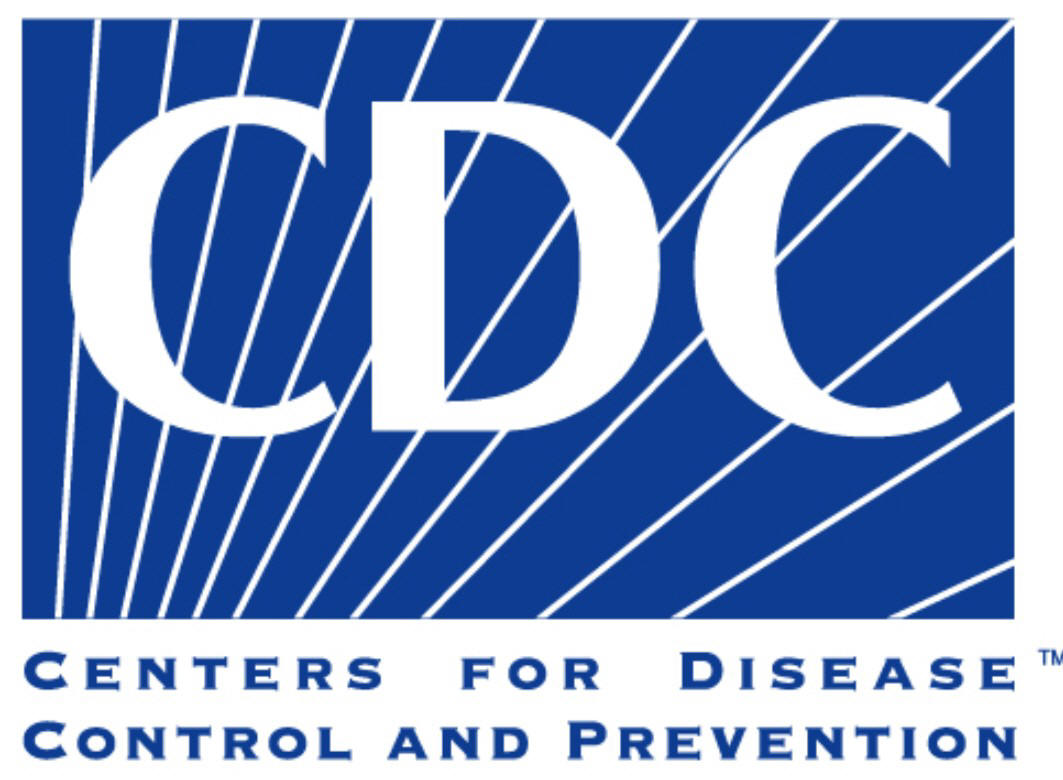Cody's Corner
Target
 Using the word target may seem very general but it acts as an umbrella because there are many "target" parts that need to be considered when utilizing social media for health organization and professional promotion.
Using the word target may seem very general but it acts as an umbrella because there are many "target" parts that need to be considered when utilizing social media for health organization and professional promotion. Target Audience - Who are you trying to reach? Is your target audience African-American teenagers in South Carolina or is it Pacific Islanders above the age of 40 living in Hawaii? You must be very specific, but not too specific where you're leaving people out who can also use and will value the health information. (Don't worry, we'll discuss this further in evaluation.)
Paint your Profiles
 |
| Copyright, World Health Organization, 2015 |
Communicate Effectively
Engaging with your audience is important because it shows that you as a health organization care about their feelings, their health and what is important to them. Spark debates and conversations but do not show bias. Finally, do not bombard your followers with non stop information. Using queue apps will let you draft your posts to where they are published on a certain interval. Communicating effectively is important because it helps the people you are targeting by clearly conveying the health information. An example would be a health organization sharing information on their social media site and then responding to their followers comments and questions.
Be Transparent
Concern Worldwide is a prime example of an organization that is transparent. They offer data and info graphics all across their website that shows how their resources are spent and how they are allocated.
Evaluating
Evaluation is as crucial as defining your target audience and goals, but it just goes last because it's usually done after the first four principles are considered. However, evaluations can happen anytime honestly. You obviously don't want to evaluate anything if there are no goals.. Just making sure we are on the same page! Two specific ways that I think helps health organization evaluate their progress effectively are through SWOT Analysis and Analytics. Previously mentioned in yesterday's post, I'm going to quickly touch on these two because in all honesty, they are simple tools.
SWOT stands for Strengths, Weaknesses, Opportunities and Threats. It allows your organization to identify strengths which are internal to the organization; weaknesses that are also internal but can be fixed; discover opportunities from the external environment like collaborations with other organizations and finally threats are identified as external. Threats can hinder your health organization's growth and productivity.
Analytics are just statistics and graphical information that showcases how well a post is performing online. Concepts such as how many likes a post received, or how many times it was shared. These are important to look at because it will give your health organization a better idea of the content that is most favored and what is least favored. The most favored content will also be considered a strength, while the least favored is considered a weakness!
Advocate Healthcare based in Chicago is an example of an organization utilizing data and analytic for the betterment of their company. They saved an estimated 200 million dollars one year after beginning to examine data like health history.
Closing Remarks
With these five principles, I know you will be successful at utilizing social media with in your health organization. Remember, "there is no such thing as failure, only feedback" - Dr. Stephen Firsing. Have a happy and healthy day!
-Cody





